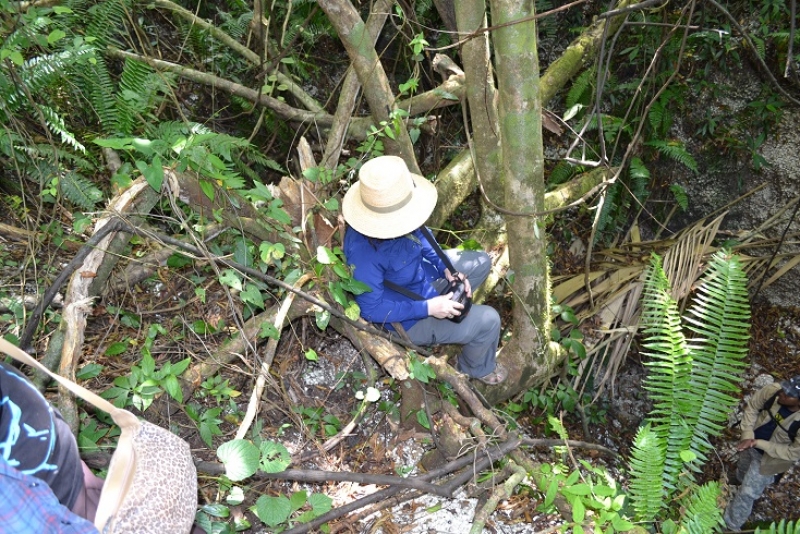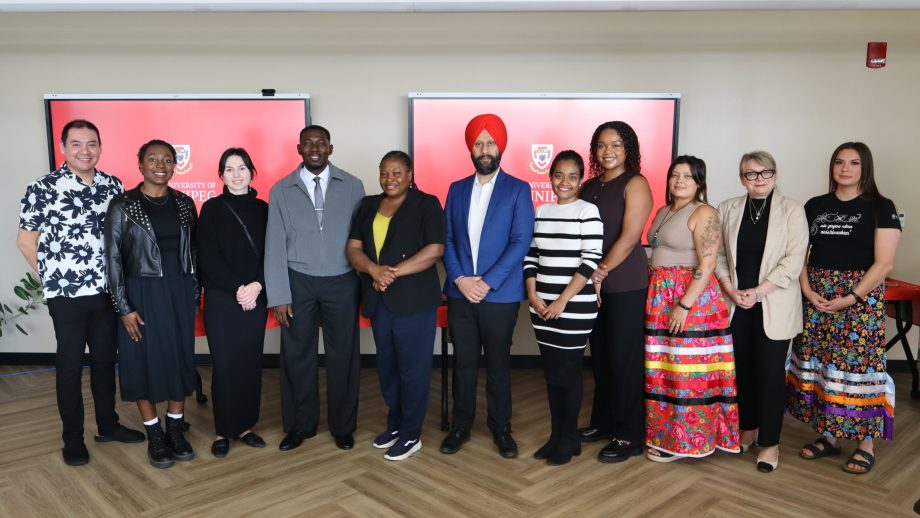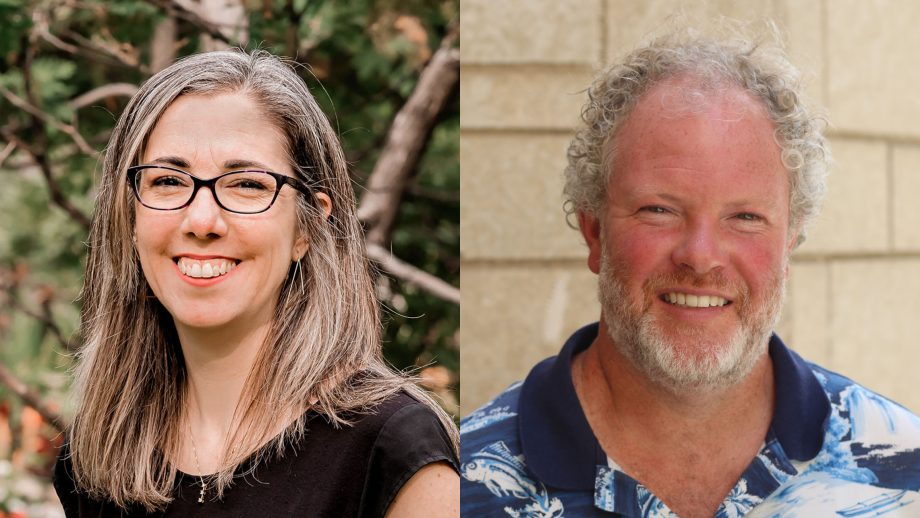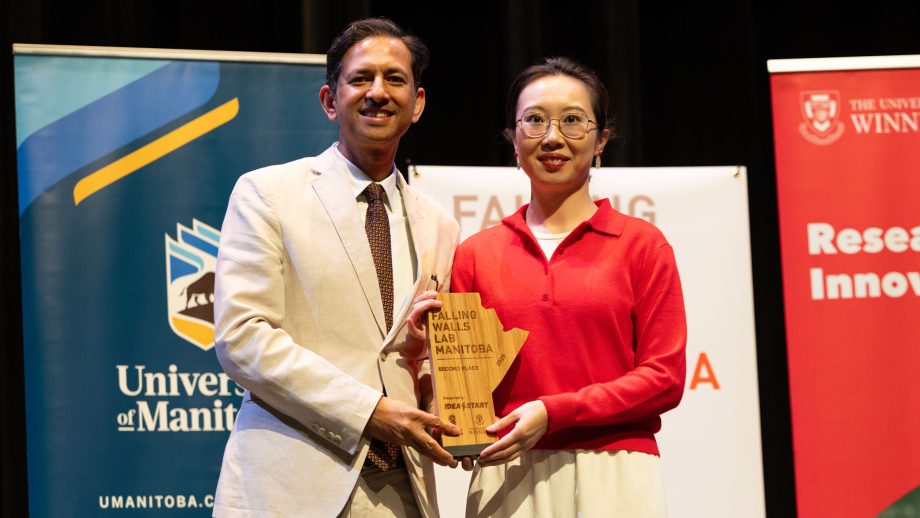Three University of Winnipeg professors recently published research on the oldest known burial from the Caribbean coast after the discovery of ancestral remains of a nearly 6,000-year-old Nicaraguan Indigenous woman.
The multi-disciplinary team included UWinnipeg’s bioanthropologist, Mirjana Roksandic; environmental geochemist Bill Buhay; and anthropological linguist, Ivan Roksandic.
It was Ivan’s research into the linguistic heritage of pre-Colombian ethnic groups through the origin of place names that led him to meet with researchers at Bluefield’s Indian Caribbean University, and ultimately connected UWinnipeg to the shell-matrix site at Monkey Point.
Nicaraguan archaeologists were working at the site, cleaning the profile of a 1970’s excavation, and recording their findings as part of the documentation of Caribbean archaeological heritage in the country, but the University of Managua and Bluefields Indian Caribbean University researchers did not have expertise in bioanthropology or bioarchaeology.
“We were able to provide them with expertise they didn’t have, so we offered to work with them,” explained Mirjana.
Two months later, Mirjana was booking the next plane to Nicaragua.
She’d received an exciting phone call. Archaeologists had uncovered the skeleton of an ancestor buried in a shallow grave in a shell mound, lying on her back with her legs flexed toward her stomach; a petite woman, age 25 – 40, with strong forearms – likely from long hours rowing (it’s typical, even for young children and the elderly, to row hours around the island in a dugout).
Ancient human remains are rarely preserved in the Caribbean’s tropical climate, leading to a perception that the population 6,000 years ago was sparse. The discovery of the ancestor’s skeleton points to other possibilities. Buhay used carbon-14 dating to estimate it from c. 3900 BC; the earliest known burial in Caribbean Central America.
“This is a very exciting because we are trying to establish a new theory that involves an earlier and different human migration route to the Greater Antilles from Central America, along the Nicaraguan Rise, rather than just the traditional South American migration route through the Lesser Antilles, which happened somewhat later,” said Buhay.
According to historical linguists, a split between different branches of Isthmo-Antillean and Chibchan speakers happened about this time. The reason for this split is not known, but the age of the ancestor’s skeleton provides crucial insight.
“It’s important to continue trying to get more information out of the skeletal material, to understand how they fit on the landscape, and how closely related they are to the Caribbean population, or if they’re not,” said Mirjana. “I don’t have a preconceived answer. I’d just like to know.”
During the past decade, there has been more effort to record archaeological sites on the Caribbean coast of Nicaragua due to the development of the coastal zone and a proposed Interoceanic Canal project, which Mirjana says most locals do not want. She says that safeguarding the heritage of the region is important, but it is also important that researchers don’t impose their ideas of what is good for the community.
“I think UWinnipeg is really good that way, imparting the idea of non-interference,” said Mirjana. “Yes, I want to get my data and study what I’m interested in, but I want to do it only as long as it’s of value to the community.”
The locals Mirjana spoke with were not against development, but they want it on their own terms, allowing them to preserve their lifestyle and communities. The discovery of the ancestor’s remains will help them enhance the value of the site and territory. This will help researchers, locally and internationally, gain a deeper understanding of the area’s history and the peopling of the Caribbean.
“The research has to be for and with the local community to make sense,” she said. “This is a small contribution we can make to the preservation of the Indigenous land and local communities in Nicaragua.”
Learn more:
- The earliest burial from the Caribbean coast of Nicaragua: the Angi shell-matrix site, Antiquity, Volume 92, Issue 366, December 2018
- Ripped’ Woman with Massive Forearms Is the Oldest Known Human Burial in Lower Central America, Live Science
- Archaeologists Identify Oldest Known Human Burial in Lower Central America, Smithsonian.com
- A ‘ripped’ woman with large forearms is the oldest known human burial in lower Central America, and archeologists say she lived nearly 6,000 years ago, Business Insider
- Rare Human Remains Recovered in Central America, Archaeology.org






